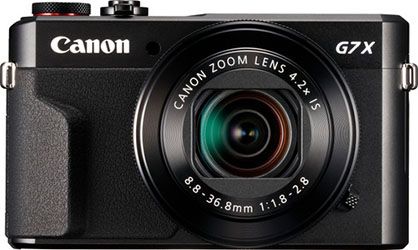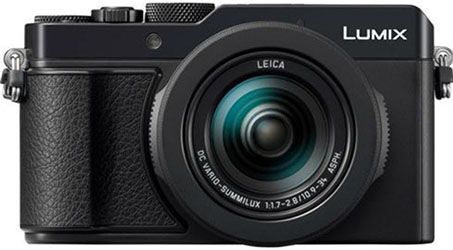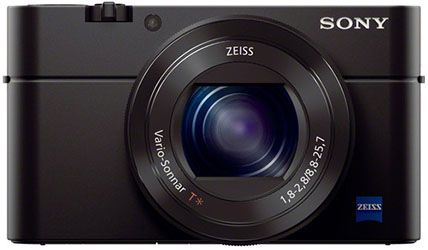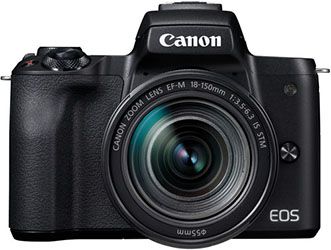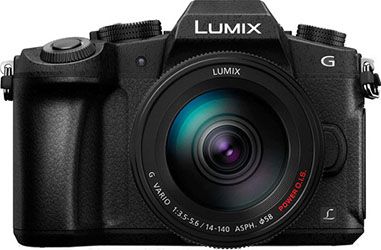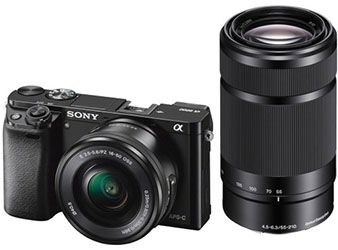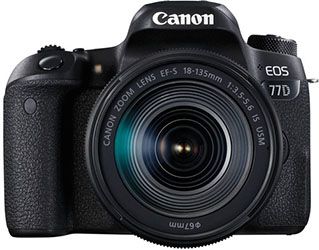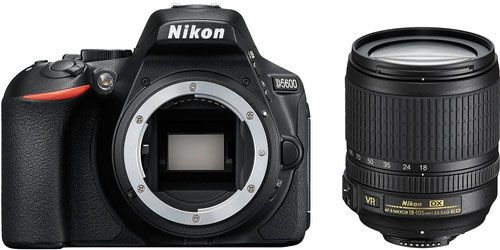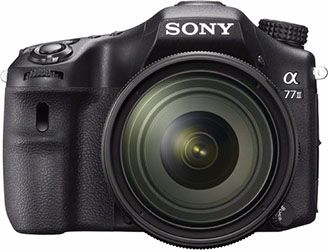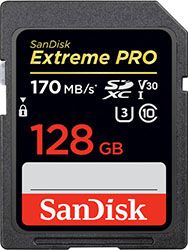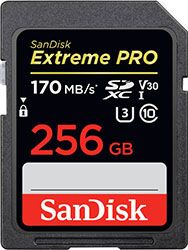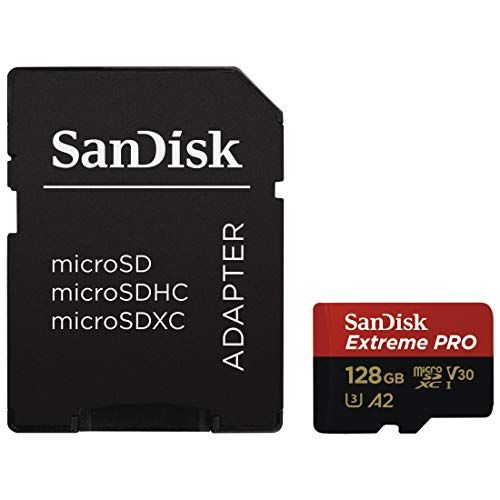What camera should you bring with you on a trip?
When you travel to a dream destination, you want to capture all that beauty. For yourself, but also for your family and friends. So, which camera should you take with you? There are several options. We give an overview below but first, it is wise to decide what purpose you have for the photos. This strongly determines what is best for you to bring.
What do you use the camera for on holiday?
If you want to take pictures and share them with your family and friends via social media, you can use a simple device or your smartphone to get by. If you want to print large photos in a photo album after your holiday, you need a camera with a good sensor (preferably one with a minimum size of 4/3 inches). It captures more light than a smaller sensor. It is also important to have a camera with enough megapixels.
If you would like to have photos printed in A4 size, then you need at least 10 megapixels, for A3, even 17 megapixels. Especially if you ever cut out photos, you notice the difference in sensor and the number of megapixels between cameras. When you go on a safari, for example, you want to capture the “big five” on a big screen. A good zoom range and sensor are essential.
In addition, whether or not the camera has image stabilisation also plays a role. There is a chance that the photo will become blurred quicker due to a slight movement of the camera. The image stabilisation function corrects this reasonably well. However, it is best to work with a tripod for large zoom ranges. Vibration is then excluded.
Nowadays, cameras have many setting options. You can choose to always use the “automatic mode”. If you are satisfied with the photos you take with it, you don’t necessarily need to have a camera with many manual settings.
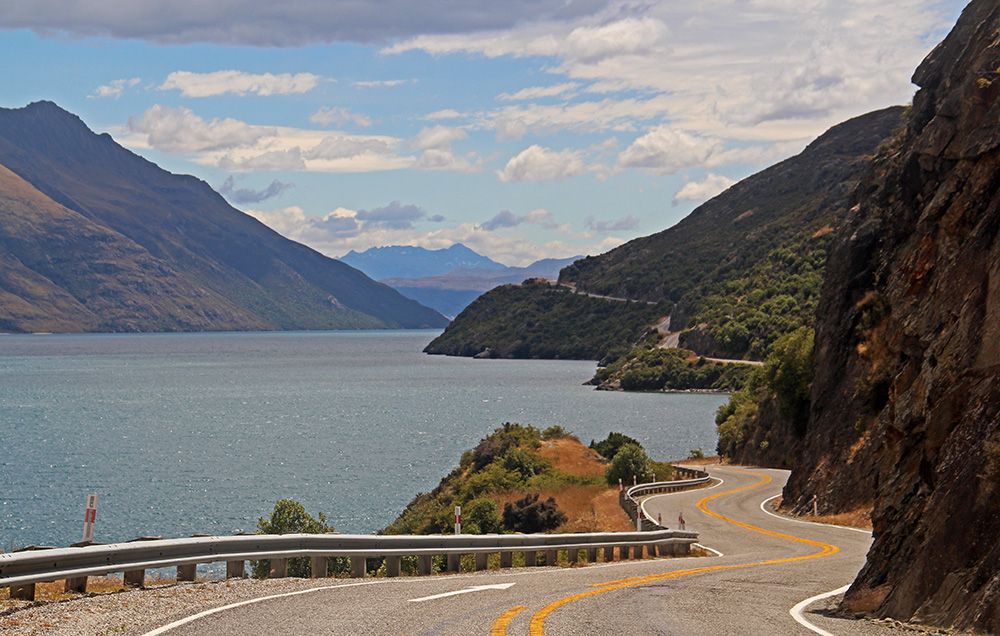
Camera type
Smartphone
You’ll always have it with you. Nowadays, modern smartphones take great pictures in high resolution. They are ideal for taking a quick snapshot of something special on the road and of course for “selfies”. If you want to shoot from afar, in nature for example, then the zoom function is far too limited. And with digital zoom, images quickly become grainy.
Compact camera
The name says it all: a nice little camera with limited weight and easy to carry. As they are small, they are less noticeable when you photograph with them. This makes them very suitable for street photography. In addition, they are very easy to use and therefore also very suitable for someone who does not have much experience as a photographer. Nonetheless, for the advanced photographer there are also compact cameras on the market offering a lot of adjustment options and a huge zoom range.
Our top three* compact cameras
Canon Powershot G7X Mark II
1″ sensor, 20 megapixel
Panasonic Lumix DC-LX100 II
4/3″ sensor, 17 megapixel
SONY CyberShot DSC-RX100III
1″ sensor, 20 megapixel
System camera
This type of camera is also smaller and lighter than a single lens reflex camera, while the camera often uses the same type of sensors (APS or full-frame) and offers many adjustment options. You can also change the lens . The latter is a good option because you can choose the perfect lens for different types of photos (wide angle like landscapes, tele for a wildlife safari in Africa, or macro for nature photography). Unfortunately, the supply of lenses for this free new type of camera is not that extensive as yet. In addition, the professional system cameras and their lenses are still quite expensive. Our top three* system cameras.
Canon EOS M50
with 18-150mm lens – APS sensor, 24 megapixel
Panasonic Lumix DMC-G80
with 14-140 mm lens – 4/3″ sensor, 16 megapixel
SONY Alpha A6000 ICL
with 16-55 mm and 55-210 mm lens – APS sensor, 24 megapixel
Single lens reflex camera
The largest and heaviest camera you can take with you. The adjustment options are vast and the range of lenses enormous. But do you want to take all this with you on your trip? Especially with separate lenses it does become a lot of weight and space. You can save some money by buying a large zoom lens, for example from 18 mm to 270 mm. Then you have both a wide-angle and telephoto lens in one. Qualitatively there is a big difference, in price too, between single lens reflex cameras with an APS sensor or a full-frame sensor. The latter category is more the field of work of the professional photographer. This is why our top three* single lens reflex cameras only concern cameras with an APS sensor.
Canon EOS 77D
with 18-135mm lens – APS sensor, 24 megapixel
Nikon D5600
with 18-140 mm lens – APS sensor, 24 megapixel
SONY Alpha SLT-A7711
body only – APS sensor, 24 megapixel
Outdoor camera
For the sporty types, an outdoor camera is useful. They are shockproof and waterproof. With this camera you can record both your kayaking trip and your diving or snorkelling excursions. There are also special action cameras (“GoPro” is the best known brand). You can put them on your head or helmet, or you can attach them to a frame with handles if you want to use them for underwater photography. Although the quality of the videos you can take with it is hardly lacking for anything, we find the quality of the photos (or the “stills”) to be insufficient. This is especially true when you go underwater with them, for example to take pictures of fish or a crab.
*) Our top 3 was created by consulting many camera tests and reviews, but also from our own experience as passionate hobby photographers.
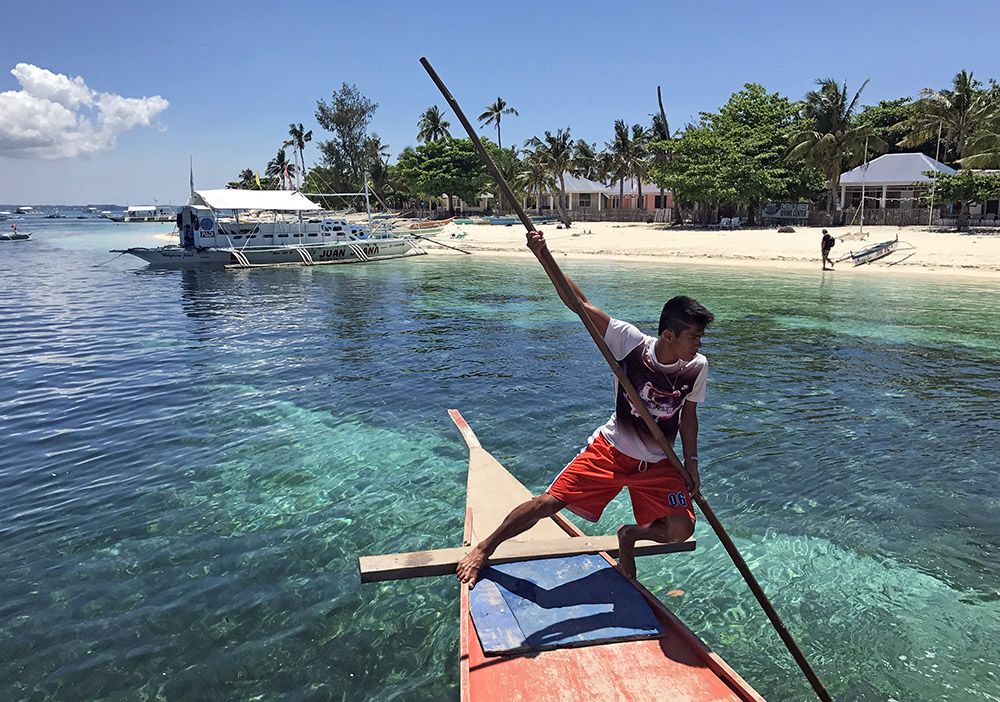
A lot of choice then…
As mentioned before, the choice of camera depends to a large extent on what you ultimately want to do with your photos. If you only take photos on the automatic position of the SLR, you might as well go for a good compact camera with a 4/3 inch sensor or a system camera. That way you have a camera that is easy to use without much fuss. And remember that it is not the camera that takes the most beautiful photos, but the person who presses the button. If you feel like it, choose something with a little more choice. On our journey around the world, we brought an SLR with an 18-270mm lens. For this we bought the smallest possible camera bag, in which everything just about fitted. We took the weight of the bag for granted.
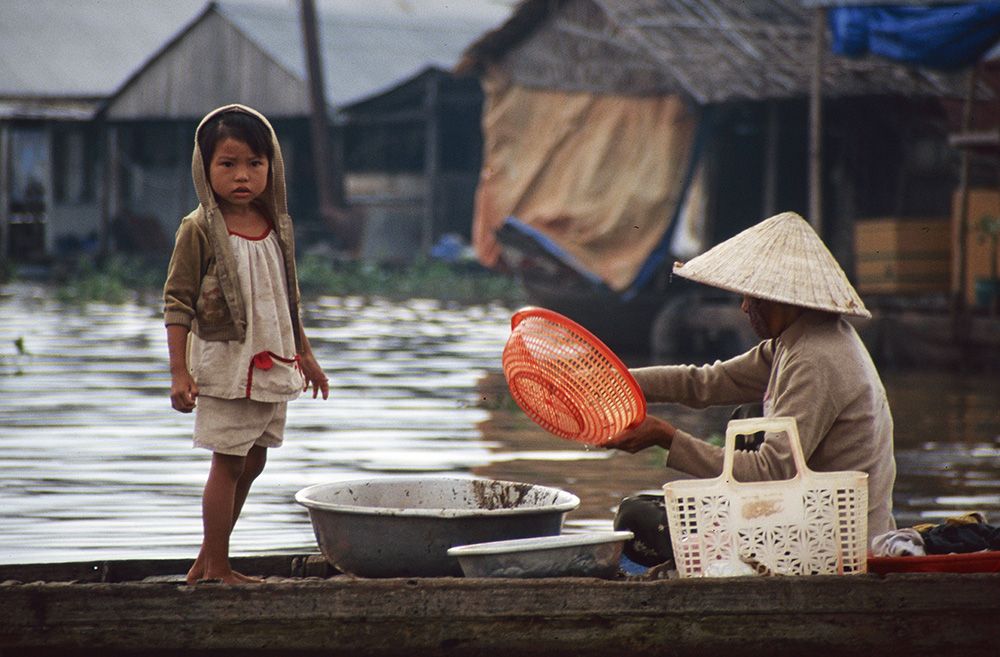
Practical matters
Also handy to bring
It’s practical to have two batteries with you. It will happen that the sun rises at Angkor Wat and your camera battery is dead! With a back-up full battery you can still get the perfect shot. The same goes for memory cards. If you have an extra card with you, you will never be without one. Nowadays you can buy memory cards up to 512GB but even with a 128GB memory card, you can easily get by. With a 22 megapixel camera, almost 17,000 photos can be stored on this if you store the photos in JPEG format. If you also want to store photos in RAW, which gives you more options to correct the white balance and exposure afterwards, then you certainly need to bring several memory cards or a memory card with a bigger capacity.
SanDisk SDXC Extreme Pro 128GB
for a photo camera
SanDisk SDXC Extreme Pro 256GB
for a photo camera
SanDisk Micro SDXC Extreme Pro 128GB
including SD adapter – for an action camera
Save your photos safely when you travel
Hopefully this never happens to you: your camera, including the memory card, gets lost or stolen! All the photos, gone. That’s why we’ve made it a rule to upload all the photos to our tablet every night and then immediately upload them to the cloud. This gives us a secure backup of our photos.
For uploading to your iPad, you need a special cable, a so-called “lightning SD card adapter”. When you connect it to your iPad and put the photo card in it, the iPad automatically imports all the pictures. Now, you can easily select and edit them.
If the Internet speed is slow, which is the rule rather than the exception in some countries, it takes a lot of time to upload to the cloud. That’s why we first made a selection of all our photos. We keep the nice ones and delete the not so good ones. That way, we only upload the best shots.

